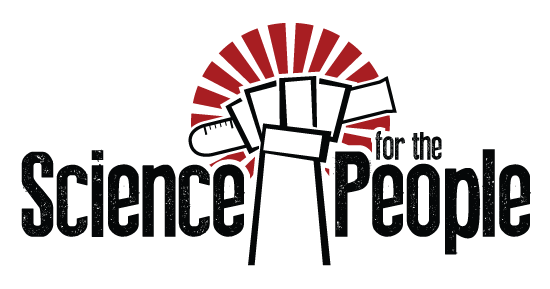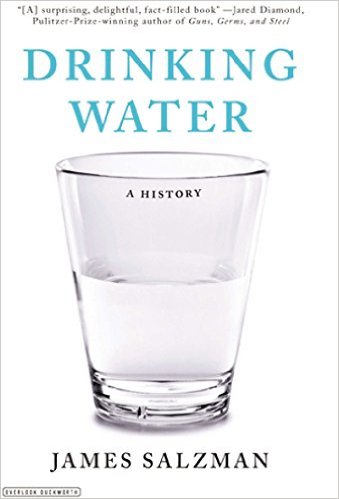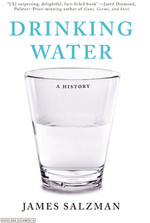Bookshelf
Drinking Water: A History
When we turn on the tap or twist open a tall, cold plastic bottle, we might not give a second thought to where our drinking water comes from.
But how it gets from the ground to the glass is far more complex than we might think. With concerns over pollution and new technologies like fracking, is it safe to drink tap water? Should we feel guilty buying bottled water? Is the water we drink vulnerable to terrorist attacks? With springs running dry and reservoirs emptying, where is our water going to come from in the future?
In Drinking Water, Duke University professor and environmental policy expert James Salzman shows how drinking water highlights the most pressing issues of our time – from globalization and social justice to terrorism and climate change – and how humans have been wrestling with these problems for centuries. From the aqueducts of Rome to the revolutionary sewer system in nineteenth-century London to today’s state-of-the-art desalination plants, safety and scarcity of water have always been one of society’s most important functions.
Featured On Episode #209
Drinking Water
This week, we're looking at the science and the history of the water that makes life and society possible. We'll speak to law and environment professor James Salzman, about his book Drinking Water: A History. And we're joined by Juewen Liu, chemistry professor at the University of Waterloo, to talk about his work using DNA to detect water-borne impurities that could make water unsafe.


